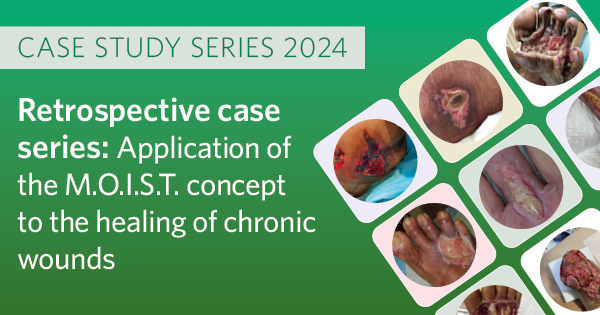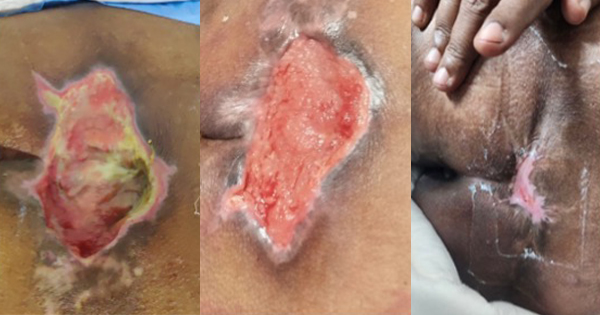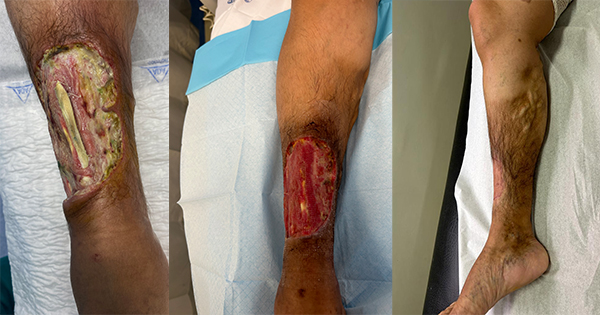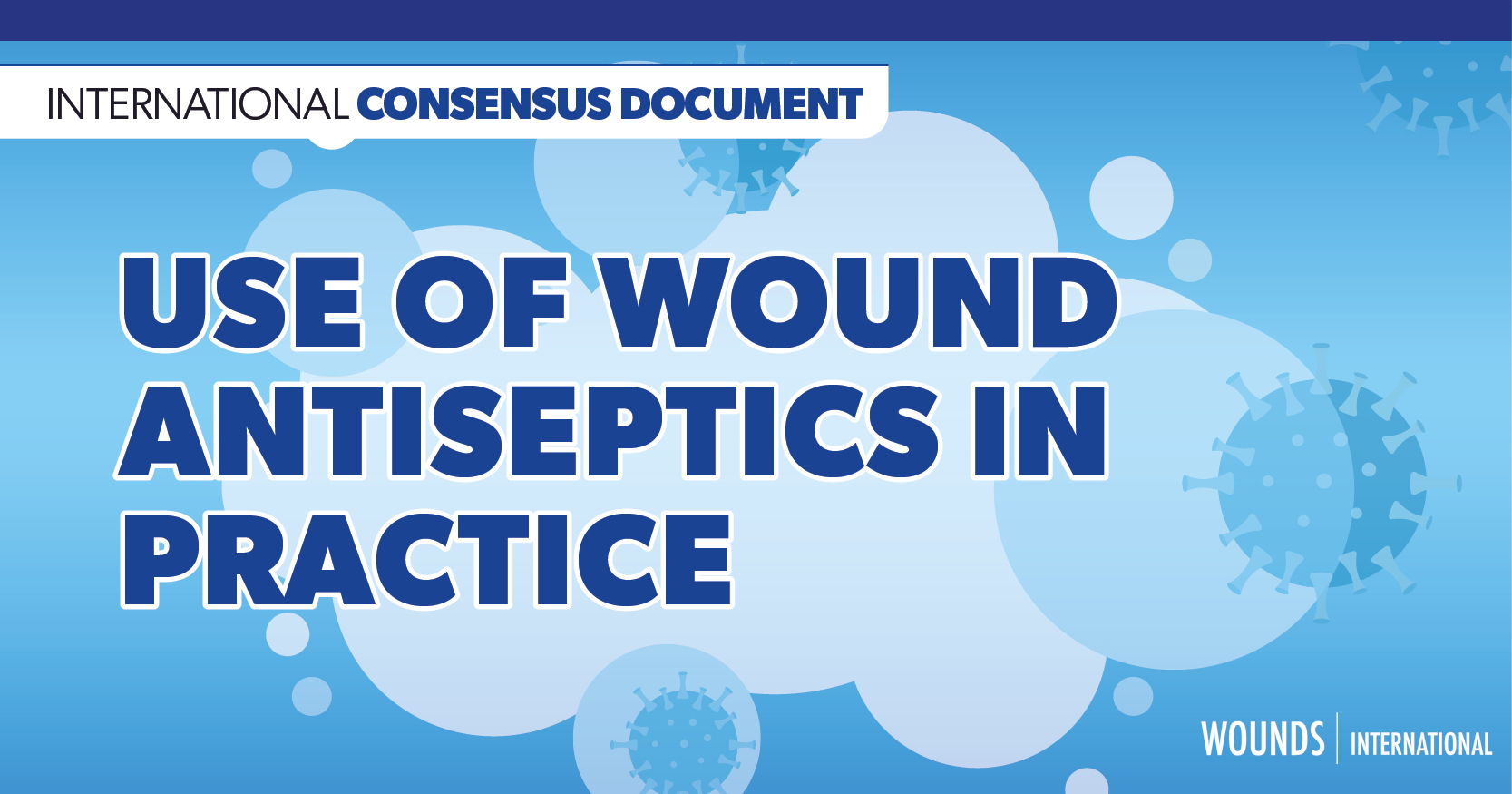<p>Of the thousands of microorganisms in existence, there are only a limited number that colonise the human host. Some can cause disease (pathogens) and the remainder (non-pathogens) cannot because they do not have the mechanisms to do so. This is not always consistent and we now know that a microorganism can lose and acquire pathogenic (virulence) genes. We know these virulence genes can be switched on and off by environmental factors and more recently, we have come to accept that microorganisms do not grow as single species (as we see in the laboratory), but as a community or biofilm in the host. In addition, we know that there can be an interaction of a pathogen and a non-pathogen and the combined effect on the host can be different to the effect of the two individual microorganisms.</p>






